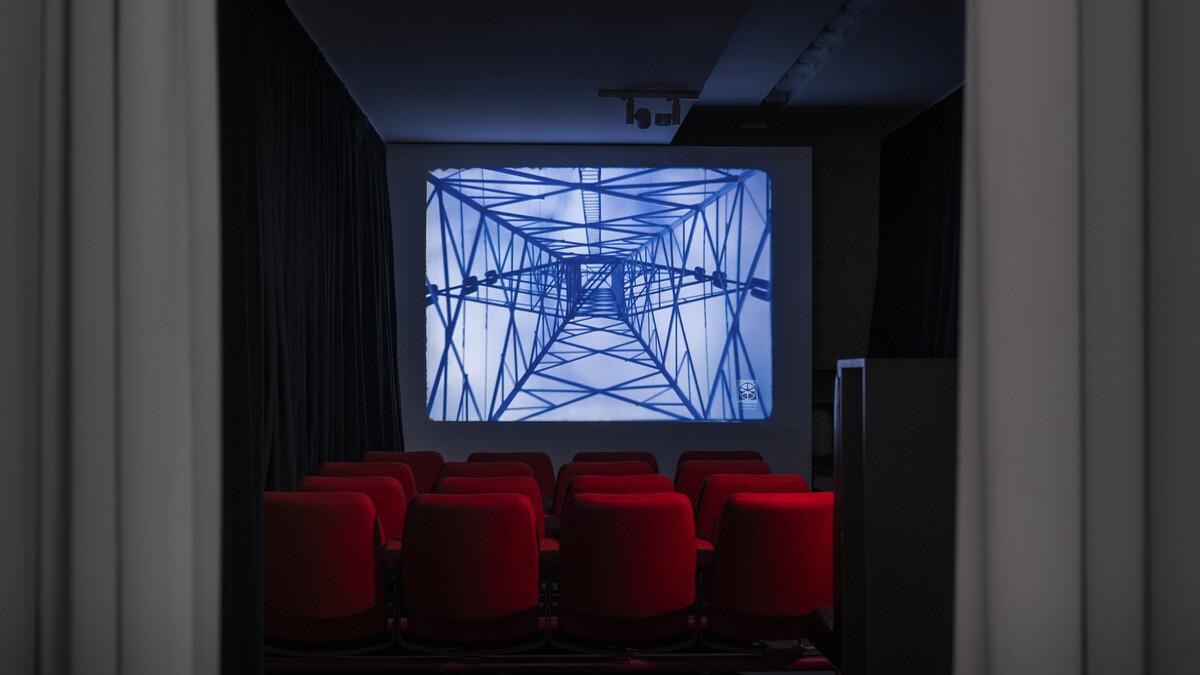Kestner Cinémathèque
As part of its educational program, the Kestner Cinémathèque presents a selection of short films chosen by the artists and curators to accompany the exhibitions.

Public Relations Department of Thailand (PRD), Bhumibol Dam (เขื่อนภูมิพล)
Year unknown (before the opening on May 17, 1964)
25 min
Documentary film, 16 mm, color, silent
Cinematography and editing: Prasit Singhanarvik (ประสิทธิ์ สิงหนาวิก)
26.4.–207.2025
The short documentary Bhumibol Dam (เขื่อนภูมิพล) captures the construction of one of Thailand’s largest infrastructure projects. Using striking color imagery and no spoken narration, the film documents the technical processes and human effort involved in building the dam in Tak Province. As a state-produced work, it served both informational and representational purposes—highlighting progress, state power, and modernization, key narratives in 1960s Thailand.
Today, the film offers a valuable visual record of the intersection between technology, landscape, and political symbolism during a period of transformation. Its historical significance extends far beyond the construction itself, illustrating how the state used large-scale infrastructure projects to demonstrate control over natural resources—a theme that continues to resonate in Thai art and society.
Artist Som Supaparinya directly engages with this subject from a contemporary perspective. In works such as My Grandpa’s Route Has Been Forever Blocked (2012), she explores the ecological, social, and personal consequences of such projects. Supaparinya’s practice sheds light on the gaps in official narratives, revealing personal stories, suppressed memories, and the long-term impacts on people and landscapes. Her artistic approach opens a critical dialogue with the historical film material, inviting reflection on concepts of progress, collective memory, and state control.
The 25-minute film is shown continuously at the Kestner Cinémathèque during opening hours.
